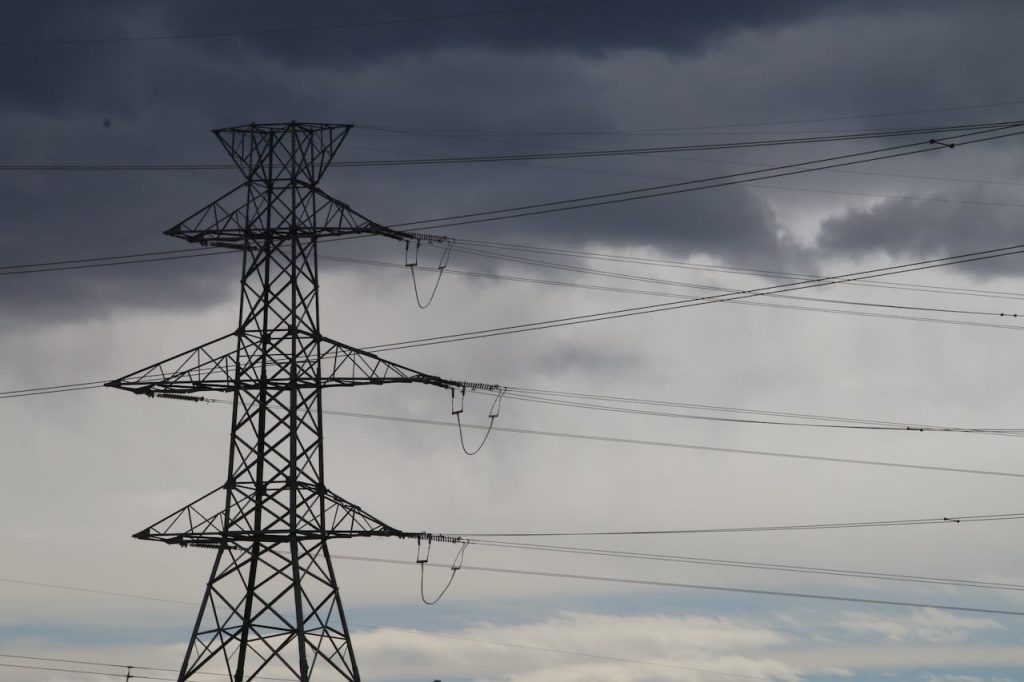
The electricity tariff is mainly the amount of money charged by the supplier for supplying electrical energy to different types of consumers. The tariff is the way of charging the consumer for using the electric power. Some of the important facts about singapore electricity tariff have been discussed in this article.
Important factors affecting the electricity tariffs
The actual tariffs which the customer mainly pays depend on the amount of consumption of the electricity. The bill mainly differs from one customer to another depending on their requirements. Below are some of the important factors that affect the electricity tariff:

- There are 3 main types of loads that are classified into domestic, commercial, and industrial. Industrial consumers mainly use more energy for a longer duration in comparison to domestic consumers. Due to this, the tariff for industrial consumers is more in comparison to the domestic consumers.
- The cost of the electrical energy being supplied by the generating station mainly depends on the capacity of the installed plant as well as the kWh generated.
- The time at which the maximum load is needed mainly depends on the electricity tariff. If the maximum demand coincides with the maximum demand of the consumer, then the additional plant is mainly needed.
- The power factor also plays an important role in plant economics. The reduced power factor mainly improves the load current which mainly increases the losses in the system.
- The cost of electrical energy is mainly decreased by using a large amount of energy for a longer duration.
Electricity tariffs are mainly managed by the energy market authority or EMA of Singapore. These tariffs are mainly revised quarterly to show the actual cost of electricity. There are 4 main components of electrical tariffs:
- Market administration and power system operation fee: This is mainly paid to the energy market company as well as the power system operator.
- Market support services fee: This fee is reviewed annually. This is to retrieve the costs of billing as well as meter reading, retail market systems, data management, as well as for market development initiatives.
- Network cost: This is the type of fee that is reviewed annually. This is mainly to retrieve the cost of transporting electricity with the help of the power grid.
- The energy cost: This is the fee component which is mainly adjusted in each quarter to reflect changes in the cost of fuel as well as the power generation.
These are some of the important facts to know about electricity tariffs.









